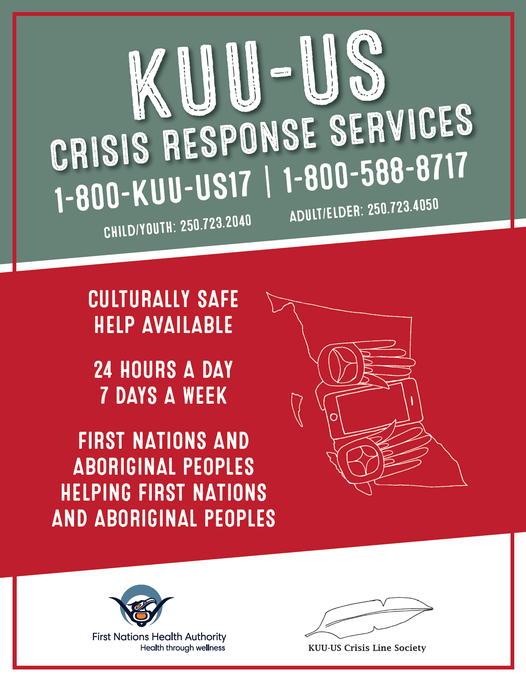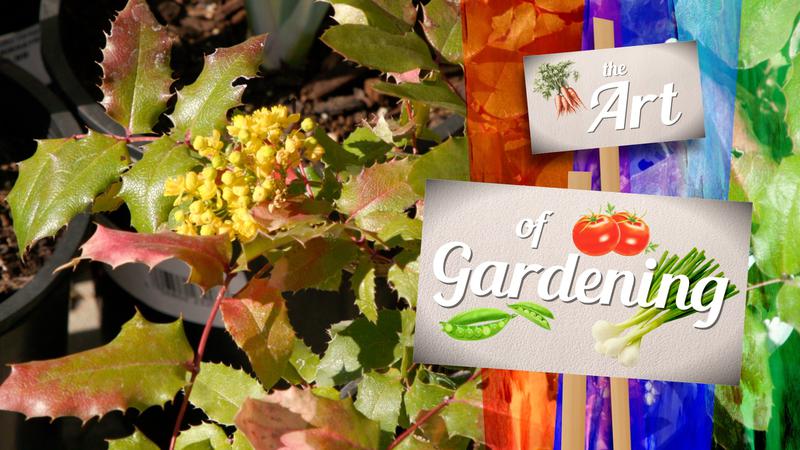
Supports offered, education encouraged in wake of Kamloops Residential School burial site discovery
TK’EMLUPS — Throughout the region there are audible, visible signs of support for Indigenous communities in grieving after the discovery of 215 child burial sites near the former Kamloops Indian Residential School.
In Kamloops, many people have chosen to wear orange as a nod to the victims and survivors of the Residential School System. Some will place teddy bears outside of their front doors Monday evening (May 31) and hundreds have paid their respects at the monument outside of the school.
The memorial in front of the main building is covered in letters and flowers, while hundreds of lights and shoes decorate the hillside. Nearby, a sacred fire has been lit and hand drumming circles have been held over the past few evenings.



